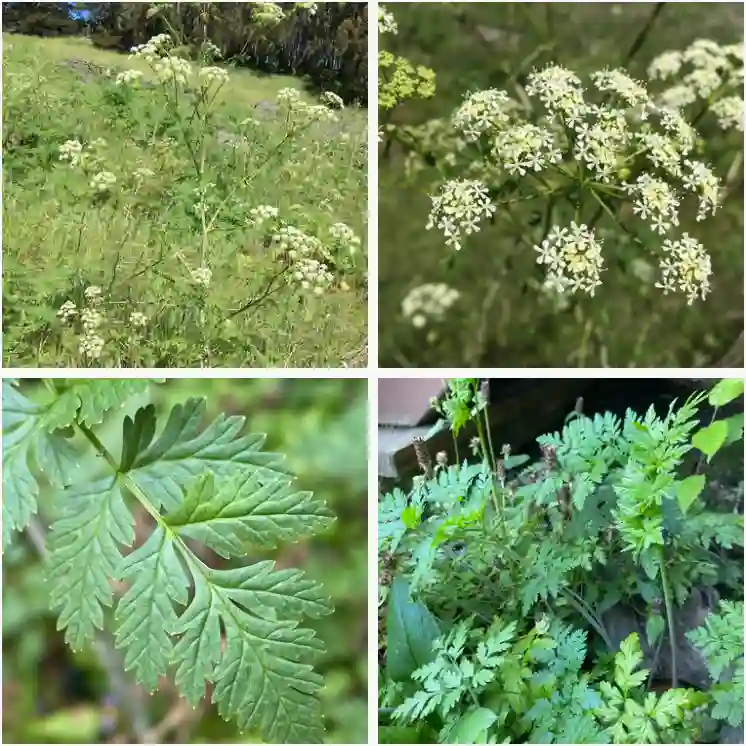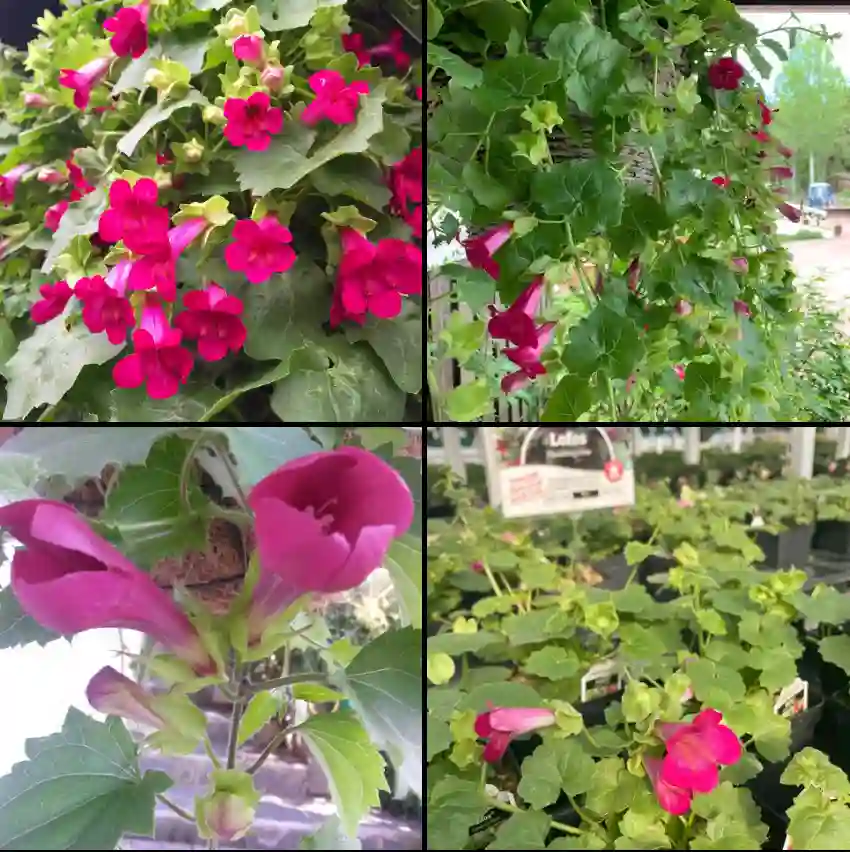What Is Clematis Ramona?
Clematis Ramona is a stunning climbing plant known for its vibrant, large flowers. It belongs to the clematis family, which is celebrated for its diverse and beautiful varieties. Ramona, in particular, stands out with its rich, purple blooms that can add a touch of elegance to any garden. The plant is a hardy perennial that thrives in a variety of climates, making it a popular choice for gardeners looking to add some color to their trellises, arbors, or fences.
391 Species in Genus Clematis
How to Care for Clematis Ramona?
Clematis Ramona is relatively easy to care for if you understand its basic needs. Here are some essential tips for maintaining a healthy plant:
- Sunlight: Ramona prefers full sun to partial shade. Ideally, it should receive at least six hours of direct sunlight each day.
- Soil: Well-draining soil is crucial. A mix of compost and loamy soil works best. Ensure the soil is kept consistently moist but not waterlogged.
- Watering: Regular watering is important, especially during dry spells. However, avoid overhead watering to prevent fungal diseases.
- Mulching: Apply mulch around the base of the plant to help retain moisture and keep the roots cool.
How to Prune Clematis Ramona?
Pruning Clematis Ramona is essential for maintaining its shape and promoting healthy growth. The best time to prune is in late winter or early spring, before new growth begins. Here’s a simple guide to follow:
- Timing: Prune Ramona after the last frost but before the new growth starts. This helps the plant to focus its energy on new blooms.
- Technique: Remove dead or damaged stems first. Then, trim back the older stems to about 6-12 inches from the ground. This encourages new shoots and better flowering.
- Frequency: Regular pruning once a year helps to keep the plant looking its best and prevents it from becoming too overgrown.
When Should I Fertilize Ramona Clematis?
Fertilizing Clematis Ramona is crucial for promoting vigorous growth and abundant blooms. Here’s how to get it right:
- Timing: Fertilize in early spring as new growth begins and again after the first flush of flowers has faded. This ensures that the plant gets the nutrients it needs for continued blooming.
- Type of Fertilizer: Use a balanced, slow-release fertilizer with equal parts nitrogen, phosphorus, and potassium. Alternatively, a fertilizer formulated specifically for flowering plants works well.
- Application: Follow the instructions on the fertilizer package for the correct amount and method of application. Generally, you’ll sprinkle the fertilizer around the base of the plant and water it in well.
Where to Buy Clematis Ramona?
Finding Clematis Ramona can be an exciting journey. Here are some tips on where to look:
- Local Nurseries: Check with local garden centers and nurseries. They often have a good selection of clematis varieties, including Ramona.
- Online Retailers: Websites like Burpee, Proven Winners, and other specialized plant nurseries often stock Clematis Ramona. Ensure that the retailer is reputable and that the plants are healthy.
- Plant Sales and Garden Shows: Attend local plant sales or garden shows, where you might find Clematis Ramona and other unique plants.
Clematis Ramona vs. Jackmanii
When comparing Clematis Ramona to Clematis Jackmanii, it’s essential to consider their differences:
- Flower Color: Ramona is known for its rich purple flowers, while Jackmanii features a deep, velvety purple.
- Blooming Time: Ramona generally blooms from mid-summer to early fall. Jackmanii, on the other hand, has a longer blooming period, often starting in early summer and continuing until fall.
- Growth Habit: Both are vigorous climbers, but Ramona tends to be a bit more compact compared to the more sprawling Jackmanii.
How to Propagate Clematis Ramona?
Propagating Clematis Ramona is a rewarding way to expand your garden. Here’s how you can do it:
- From Cuttings: Take cuttings in late summer or early fall. Use a sharp, clean knife to cut 4-6 inch sections of new growth. Remove the lower leaves and dip the cut ends in rooting hormone before planting in a pot with a mix of peat and sand.
- From Seeds: Plant seeds in a seed-starting mix and keep them in a warm, bright location. Be patient, as germination can take several weeks.
What to Plant With Clematis Ramona?
Clematis Ramona pairs beautifully with a range of companion plants:
- Roses: Their contrasting blooms create a stunning display.
- Other Vines: Plants like climbing roses or morning glories complement Ramona’s growth habit.
- Herbs: Lavender or thyme planted at the base can add texture and fragrance.
Can You Grow Clematis Ramona Indoors?
While Clematis Ramona is primarily an outdoor plant, it can be grown indoors with the right conditions:
- Light: Provide plenty of bright, indirect light.
- Container: Use a large pot with good drainage.
- Space: Ensure there is enough room for the plant to climb.
Is Clematis Ramona Toxic?
Clematis Ramona is not considered toxic to humans or pets. However, it’s always a good practice to prevent pets from chewing on any plants, as some may cause mild digestive upset.
Common Problems with Clematis Ramona
Watch out for these common issues:
- Powdery Mildew: A fungal disease that causes white spots on leaves. Improve air circulation and avoid overhead watering to prevent it.
- Pests: Aphids and spider mites can infest clematis. Use insecticidal soap or neem oil to treat infestations.
By addressing these FAQs, you’ll be better prepared to care for your Clematis Ramona and enjoy its beautiful blooms for years to come. Happy gardening!
If i die, water my plants!



